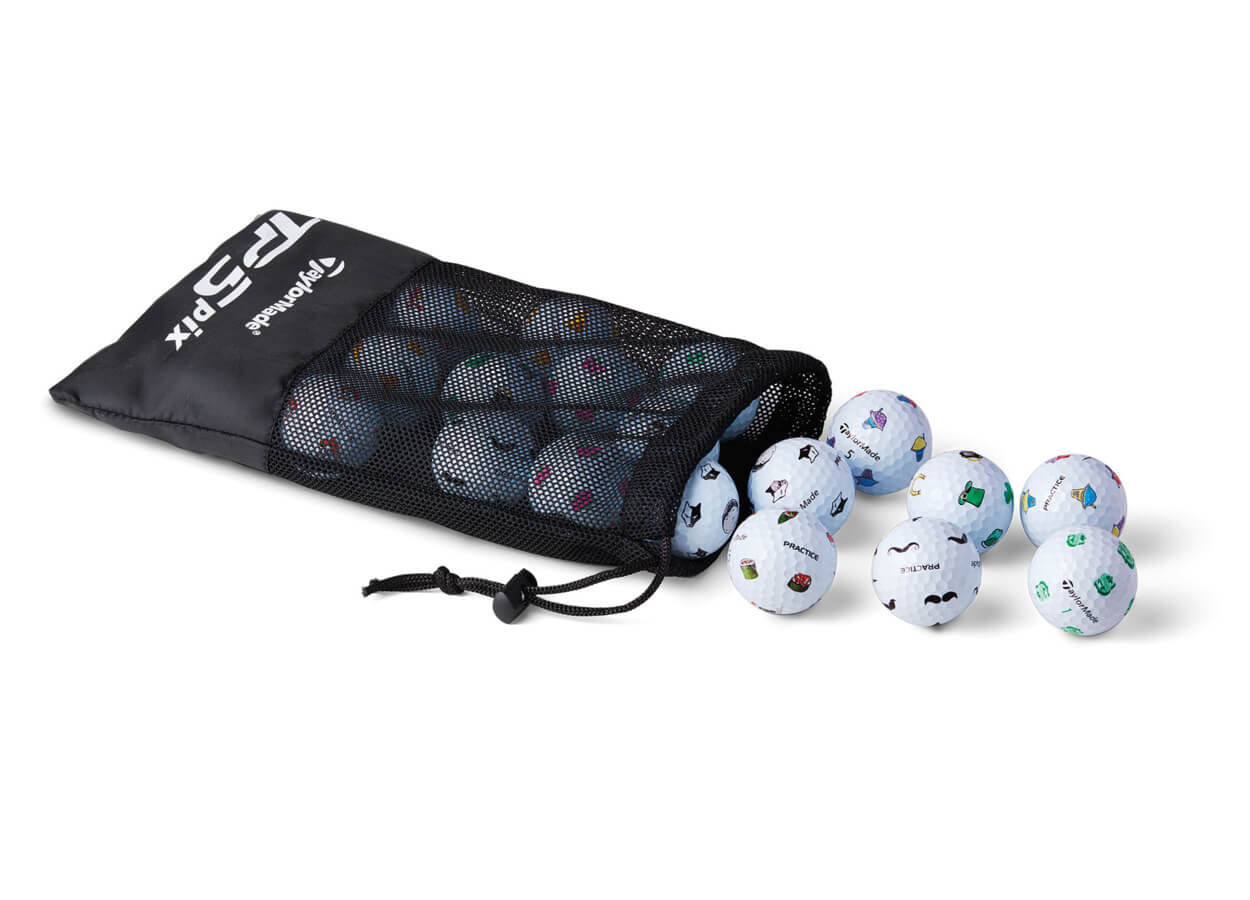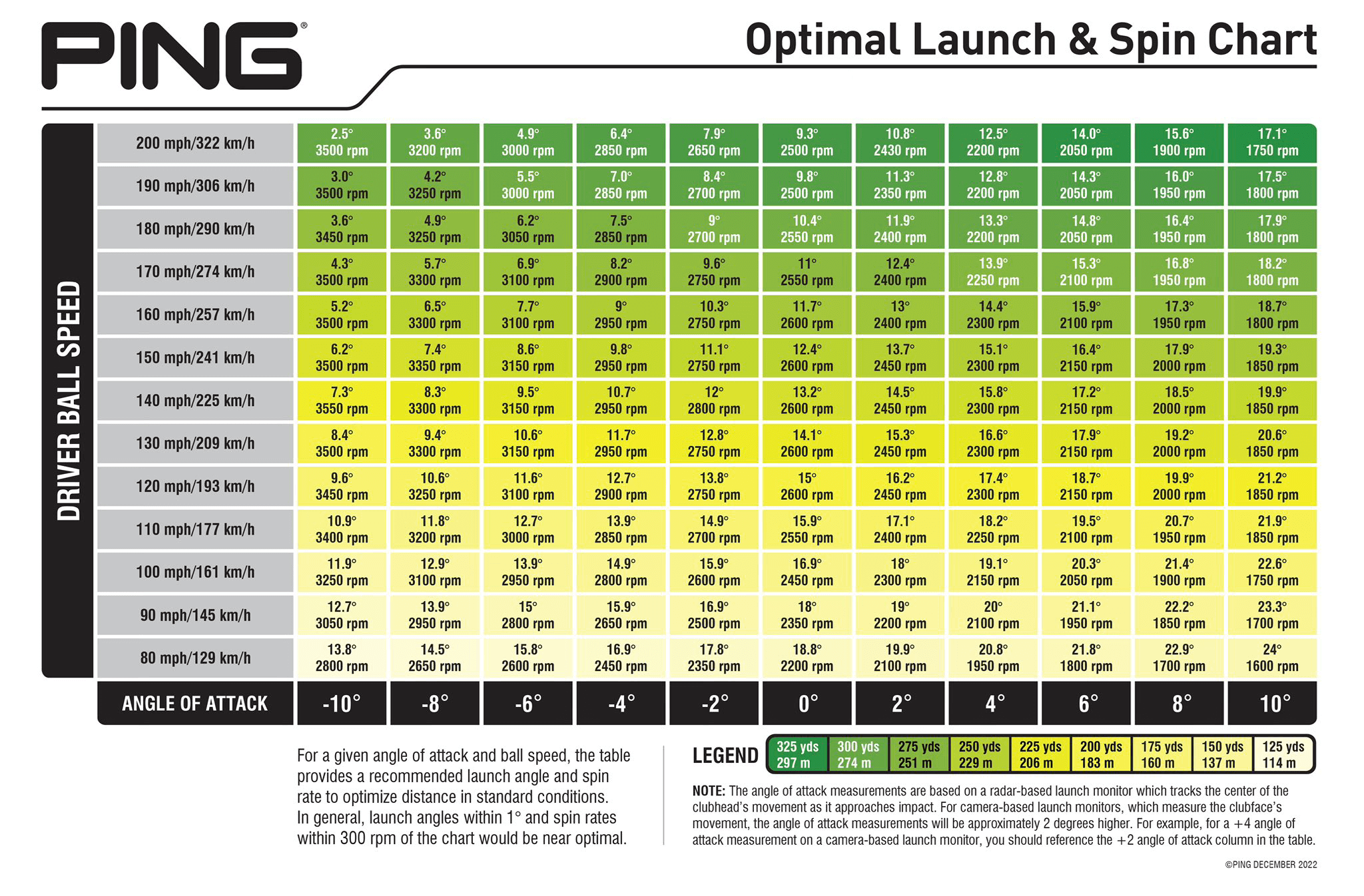Golfing News & Blog Articles
AskMyGolfSpy Vol. 34
AskMyGolfSpy is an opportunity to submit questions to our experts here at MGS. You can pass along your questions to the team on Twitter, Facebook, Instagram or right here in the comments section below!
Q: At what point should I consider alternatives to my clubs? A driving iron or a 3 wood? A 7 wood or something else? A mini driver or another wood? – Brian S.
 A 7-wood may be a suitable replacement for a hard-to-hit long iron or hybrid.
A 7-wood may be a suitable replacement for a hard-to-hit long iron or hybrid.
Do it now. List everything you own on eBay and start over.
Kidding …
The simple (though admittedly not helpful) answer is that you should replace anything that’s not getting it done on the golf course. The tricky part is figuring out where the club is having a disproportionate influence over a bad result.
This is one area where stat tracking apps like Shot Scope and Arccos can be extremely helpful in identifying clubs that aren’t letting you down or otherwise creating gapping problems within your bag.
I’d wager most golfers have at least one spot in the bag that isn’t gapped properly.
That’s a classic example of when you might want to consider a 7-wood instead of a 4-hybrid or 4-iron (as one example).
Other things that come to mind:
If you perpetually struggle with your standard 3-wood, consider going to a higher-lofted option. For many golfers, the 3-wood/5-wood pairing has been replaced with something more like a 4-wood/7-wood combo.
Wedges are probably the most overlooked example of where a gear change can have a significant impact. Are you struggling from tight lies, out of bunkers? Are you inexplicably digging with one of your wedges on full swings?
It’s really a shame there aren’t more opportunities for golfers to experiment with different grinds on the golf course because I think it’s one of the biggest difference-makers that’s directly attributable to your equipment.
Q:. What’s the difference between practice balls and the balls I buy at Dick’s? – Sam T.

While we can never be certain that every brand’s practice balls are what they say they are, most typically, practice balls are the same as the conforming balls with the exception of some kind of cosmetic blemish.
There are a couple of factors here.
First, the USGA is kind of a stickler about logos and side stamps. Technically, if either doesn’t match exactly what’s on the conforming list, then the ball isn’t conforming. It’s the reason most manufacturers put balls destined for PGA TOUR players through a more thorough cosmetic inspection.
Second, when we purchase a new box of balls, we have certain cosmetic expectations. A big chunk of ink missing from a PIX or Truvis pattern, or if the ink is smeared on the Titleist logo, it isn’t going to impact the performance of the ball but it’s likely to influence our perception of the quality of the product.
So to get to what I think is the heart of your question: Practice balls or X-outs are generally (no promises) the same as the standard ball, though in some cases they may be technically non-conforming.
Q: LA Golf – is this just a bunch of marketing or have you guys seen results with any of their products (putters, shafts, balls/) – Mike L.
I think we’re still waiting to see what LA Golf will be if, and when, it grows up.
When it launched (as a shaft brand), it had some legitimate R&D horsepower behind it. Unfortunately, the guy responsible for the original designs has moved on and we’re still waiting to see how well the company can backfill.
The putter shafts are interesting. They’re also really expensive which is always going to be a barrier for widespread adoption.
We love the way the putters look and feel but they weren’t particularly strong performers in our Most Wanted testing.
Big picture: LA Golf is still a relatively young brand that’s evolving and branching into more categories.
For now, it’s a bit of an uncertainty but I’m certainly interested to see where it goes from here.
Q: What should my spin be off the tee? I’m looking to improve incrementally over the summer but not sure where optimization starts? Is there a golf ball or a type of club that can help me get to where I need to be? – Paul S.
When it comes to the golf ball, the rule of thumb is to fit the ball to the irons and the driver to the ball so I wouldn’t necessarily look to the ball as part of the spin optimization equation.
Your ideal spin off the tee depends on your attack angle and your ball speed. The PING chart I’m dropping below is about as good as it gets as far as letting you know what launch and spin combination are right for your swing.

Note that attack angle measurements from camera-based and radar-based launch monitors differ by about two degrees so you may need to do some really simple math to find your optimal box on the chart.
Once you know where you are and where you need to be, you can start working to find a driver that will get you there.
Loft is the biggest lever you can pull. Lower lofts launch lower and spin less. That said, clubs with a more forward center of gravity (AEROJET LS, Stealth 2 plus, TSR4) will also launch lower and spin less at equivalent lofts.
Higher MOI designs (PING G430 MAX, Cobra AEROJET Max, etc.) will launch higher and spin more. They’re also more forgiving.
Finally, I should point out that “optimal” is not always attainable and even when it is, it can come at the expense of other important things, like accuracy.
I’d recommend an approach that gets you as close to optimal as possible without compromising your ability to keep the ball in play. That’s ultimately going to have a bigger impact on your score than a degree or so and a couple hundred rpm on either side of optimal.
Q: Best wedges for the $$$? L.J. Hernandez

With wedge prices from the industry leaders creeping towards $200 per club, it’s getting a little crazy.
On the other hand, I’m a proponent of investing in your short game so I’m not sure wedges are necessarily where I’d look to save money – especially if fitting is an option for you.
That said, the answer, to an extent, the answer depends on what options you need.
Generally, I’d avoid any brand that takes a “one-size-fits-all approach” but I’ll concede that, for simplicity and savings, it’s tough to beat Kirkland wedges. They’re entirely no-frills, available in a set only and, with that, 52, 56-and 60 degrees is what you get.
If that’s all you need and if that works for you, it’s not a bad place to start.
If that’s not enough, my recommendation is to buy wedges on closeout when the new models come out. You should be able to save a good chunk of cash and the reality is that the wedge category isn’t bursting with innovation.
We’re talking two-year cycles with minimal evolution from one generation to the next. Not having the latest won’t put you at any kind of disadvantage on the golf course.
Q: Best golf ball for a high handicap, but HIGH swing speed? – Mitchell R.

As is typically the case with golf ball recommendations, there are no simple answers.
As much as golfers believe otherwise, swing speed isn’t much of a driving factor for finding the right ball. While most high swing speed players will want to avoid low-compression balls (soft is slow), there can be exceptions.
Likewise, handicap isn’t a great starting point. Flight and spin are the most important golf ball fitting variables and high-handicap golfers come in every imaginable launch and spin profile.
One generalization that might apply is that higher handicaps lose a lot of golf balls and may not want to spend a lot on golf balls.
With those caveats, if you’re losing balls off the tee, you might want to consider a low-spin offering as they do tend to curve a bit less.
If price is the driving factor, I’d consider DTC offerings like Maxfli, Snell or Vice. With bulk pricing, you can get cost down to around $30 a dozen.
If cost is less of a factor, the Titleist AVX (low flying, low spin) or the Bridgestone Tour B X (high flying, low spin) might work.
Both models are just under 80 compression on our gauge, which makes them among the faster soft-ish balls.
If you want to maintain maximum speed off the driver, that’s where something like a Titleist Pro V1x Left Dash, Callaway Chrome Soft X LS, or Bridgestone Tour B could work. While they’re not nearly as low spin as something like the RX or AVX, they do qualify as low spin by high compression standards.
More Questions?
As always, if you have any questions for the MGS crew (and they don’t have to be about the golf ball), drop them below for a chance to be featured in next week’s #AskMyGolfSpy!
Related Articles
AskMyGolfSpy Vol. 30 AskMyGolfSpy Vol. 31ASKMYGOLFSPY Vol. 33AskMyGolfSpy Vol. 29AskMyGolfSpy Vol. 28The post AskMyGolfSpy Vol. 34 appeared first on MyGolfSpy.


